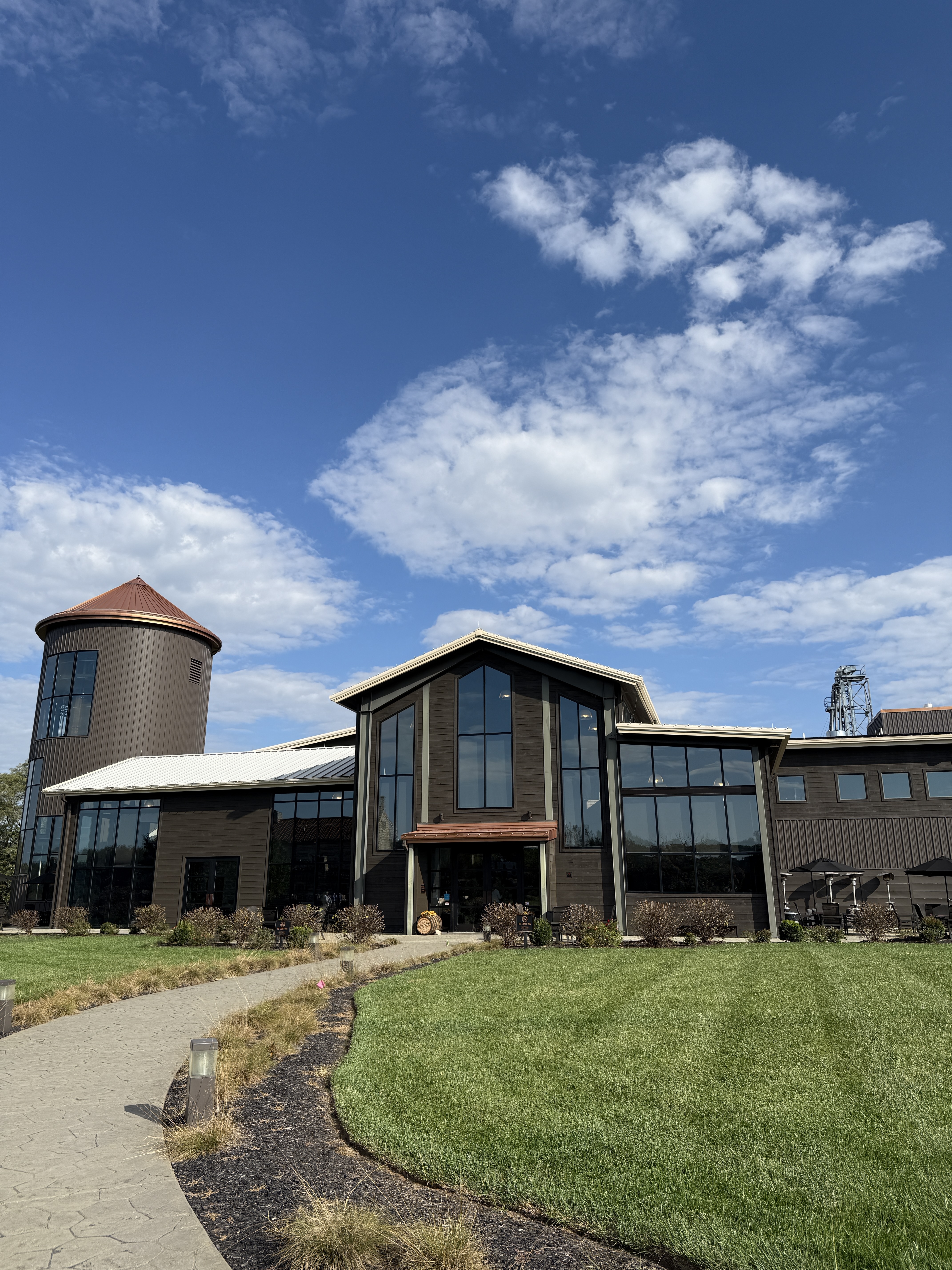Is Travel Sentiment Shifting Among Higher Gas Prices & Inflation?
Hair cuts, manicures, home renovations, and even vacations have become luxuries for many Americans lately, according to recent data.
Unfortunately, this is likely little surprise — we’ve all experienced the skyrocketing gas prices. But these temporary shifts in spending could impact destinations and their marketing in significant ways, and it will pay to prepare for the future now.
Let’s look at what’s happening in spending on travel and restaurants, then cover our recommendations on the best tips for weathering this volatile time.
How Views on Travel Spending Are Changing
According to the Washington Post, data suggests people are slowing down their spending in many areas.
Not only are consumers putting off non-essentials like getting their nails done, but they’re also thinking twice about vacation plans. Business owners have pointed to “rising prices, dwindling savings, and concerns of a souring economy” as reasons for less spending.
We all saw travel decrease dramatically in 2020 as flights and bookings were canceled due to COVID-19. However, even though domestic flights have increased so far for 2022, bookings have decreased by 2.3 percent per month, according to Adobe Analytics.
Higher fares seem to play a significant part in the booking deficit. Online spending increased 29 percent in May 2022 compared to 2019, but bookings have only increased 4.4 percent. At the same time, consumers are still paying more than half a billion dollars more due to higher ticket prices.
Another example: Domestic summer travel bookings are two percent lower than summer 2019, even though spending is up 11 percent.
So, inflation is causing travelers to rethink that summer vacay, and destinations should be paying attention. Staying informed and knowing how to respond will help you ride the wave and land ashore with minimal repercussions.
How Should DMOs Respond to These Changes?
The top priority for now is to 1) remain calm but 2) keep an eye on the numbers.
“I don’t think there is any reason to pull the fire alarms, but I do think we continue to keep an eye on this,” Timothy Baumgardner, Senior Consultant of Marketing Strategy and Innovation, said. “We can watch Google Analytics and other data providers to make sure things don’t get out of hand. If trouble really starts brewing, then we shift target markets to prioritize drive markets. And we consider shifting messaging to promote no/low-cost activities (hiking, picnics, biking, beaches, etc.).”
Marketing Efforts: Business as Usual
While it might seem counterintuitive, marketing efforts should continue as usual — or even increase. DMOs will likely feel tempted to cut back on marketing when there’s a slight economic downturn, but there are benefits to carrying on.
When you keep showing up for consumers during tough economic times, you present a message of leadership, strength, and perseverance. That’s what people are looking for during periods of uncertainty — and they’re more likely to remember you (and even feel a fondness towards you) for it.
And even if people can’t book a trip now, you’ll be first in their minds when they can afford it again.
Plus, let’s look at the alternative: If you cut back on marketing during a recession, you’re stepping aside for competitors to fill your place. And obviously, that’s the last thing you want to happen.
It’s also a unique time to market more outside of the leisure space. Sports events and other opportunities to meet up with people will provide consumers with a potentially less expensive way to escape from the humdrum of life and get through tough times. Consider areas where you can nurture marketing efforts geared towards positive distractions.
The Importance of Always Being “On”
While always being “on” and available is poor advice for individuals, it’s golden for marketing — especially during shifting travel sentiment.
Always-on marketing centers around staying consistently engaged and available for your target audiences. As a result, your customers will feel a sense of trust and encouragement towards your brand, knowing they can reach out 24/7.
Google data on smartphone user expectations shows that 75 percent of smartphone users expect to get immediate information while using their phones. And according to Statusbrew, 39 percent of social media users expect to a brand to reply to them within 60 minutes. Most other consumers expect a response within 24 hours.
The average response rate for brands on social media is five hours. How does your brand stack up? Increasing your availability and response time can give you a competitive advantage, especially during an economic downturn when more people are at home online versus spending money outside of their houses.
How Marketers Should Respond to Temporary Decreasing Travel Trends
While we don’t know for sure what’s happening (no one does), and every market is different, here are some questions to ask about your brand in response to these recent shifts:
- Are gas prices affecting your target markets? You can find out by looking at data like Google Analytics, booking data, and website traffic.
- Is business decreasing, increasing, or falling flat in the short term?
- What do future bookings tell you about what’s happening in your market? Are they up, down, or the same year-over-year?
- Think about ways to play up affordability — specifically no- or low-cost activities. Ask in-market partners what they’re doing to keep up interest for prospects. Help get the word out (if you’re a DMO).
And remember that wages are also still up while unemployment is remarkably low. Even though the recent price increases are affecting emotions now, it will take months for the residual effects to change behavior — so don’t panic. We think Tim sums it up best: “No matter what, we got this!”
Need help getting the most out of your marketing budget? Every market is different. We’re here to help you analyze what’s happening in yours.
Learn more about how we can help you adapt to the evolving marketing landscape and ramp up your efforts.
Share This Story, Choose Your Platform!
March 24, 2025

Creating Your Visual Voice
In a recent episode of Field Notes, host Eric Hultgren sat down with Terrance Weinzierl, Executive Creative Director at Monotype, to discuss the often overlooked yet crucial role typography plays in brand identity. While their conversation covered broad typography trends, several insights emerged that are particularly valuable for travel marketers looking to differentiate their destinations in an increasingly crowded digital landscape. [...]
March 11, 2025

The 2025 Sprout Social Index
Social media isn't just another channel for travel marketers—it’s the center of modern culture, a place where travelers discover their next adventure, make purchasing decisions, and even seek customer support. The 2025 Sprout Social Index™ reveals valuable insights about what consumers really want from brands on social media, offering travel marketers a clear roadmap for staying relevant and impactful. Social is the [...]
February 24, 2025

Standing Out in a Crowded Space
In a recent episode of Field Notes, host Eric sat down with Kyle Stichtenoth, Senior Director of Digital Sales and Strategy at Advanced Travel and Tourism, to explore the evolving landscape of travel marketing. With 15 years of industry experience, Stichtenoth offered valuable insights into how destinations can adapt to changing traveler behaviors and emerging technologies. The conversation kicked off with [...]


 Ad Choices
Ad Choices